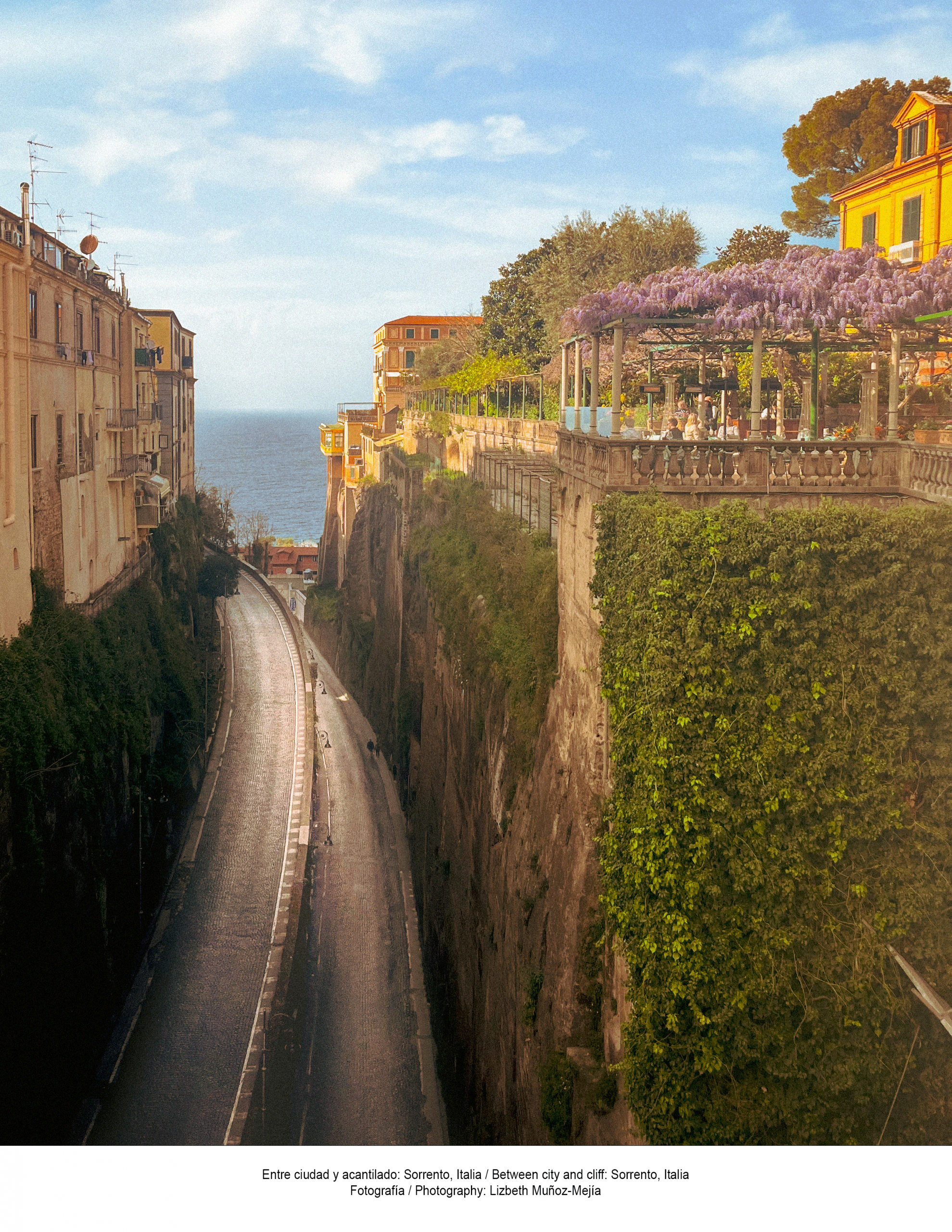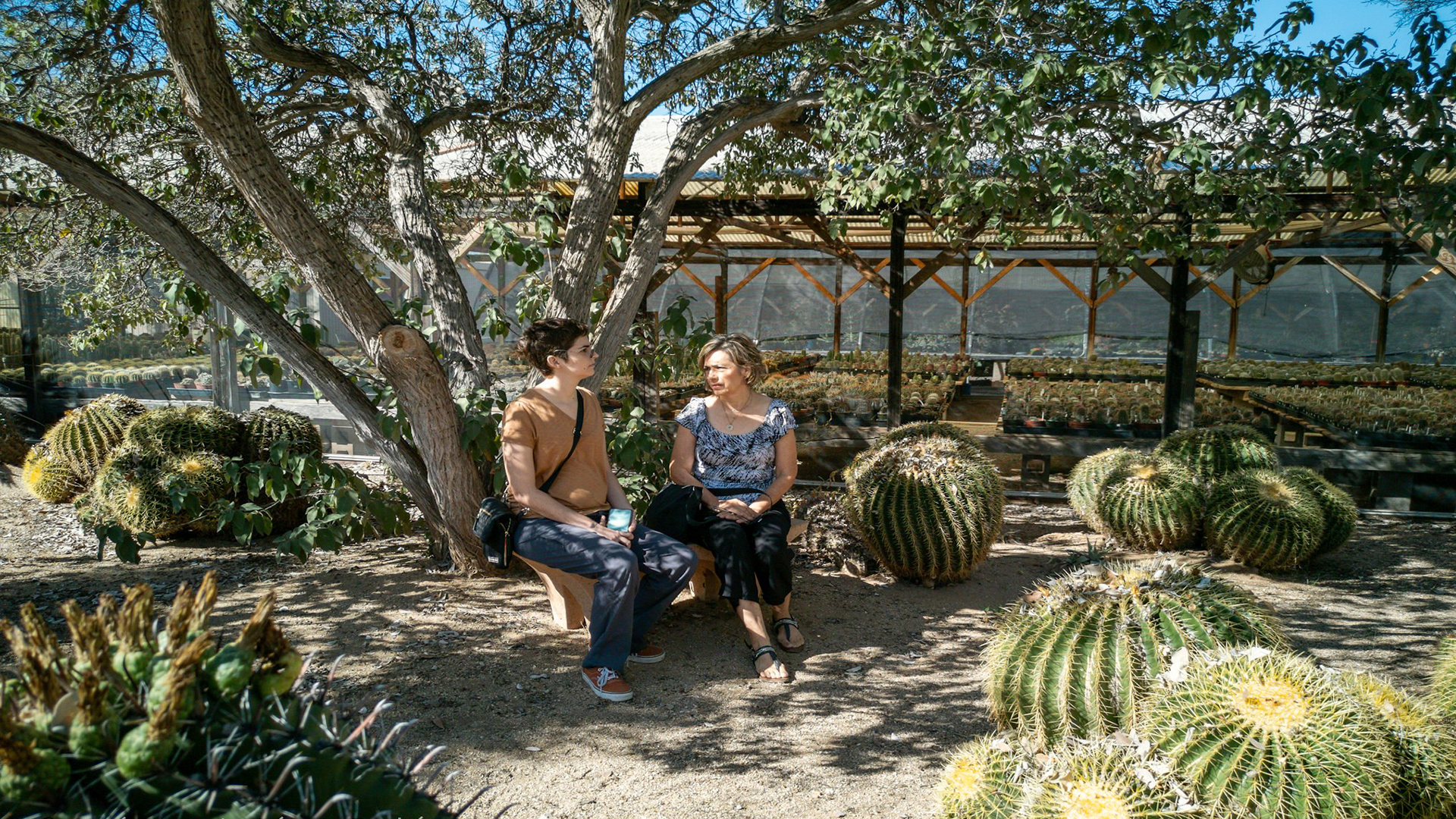In the article “Pull Over to the Edge. (Wild) Landscape of the Urban Periphery”, by Pamela López, the author reflects on the city’s edges as territories of vertigo, where the wild and the civilized intertwine, revealing the boundaries, frontiers, and forgotten landscapes that still persist in the periphery.
Read More- No products in the cart.

History & Culture
Aida Tavakoli speaks about the importance of collective and adaptive hydraulic infrastructure, such as the johads in Rajasthan, which integrate local knowledge to care for water and the territory. Learn more about this in Rethinking Water Infrastructure through Territorial Interdependence: The Case of Johads in Rajasthan.
Read MoreIn the article Sand, a flexible (and unifying) component in landscape design, Pamela López highlights sand as an essential and dynamic element in landscape design, capable of connecting ecosystems, filtering water, and creating living, ever-changing spaces.
Read MoreLearn about what took place during the workshop “Making Mérida’s Urban Landscape Viable” with Andrea Conde. This collaborative initiative aimed to rethink the city’s expansion and its surroundings from a landscape perspective, grounded in the historical, archaeological, and ecological knowledge of the region. An initiative guided by Dr Benjamín Vis.
Read MoreAna-Marianela Rochas Porraz delights us with an exploration of landscape art as a voice for women between the wars, in the article Skin and Landscape: Latin American Women Artists Between Two World Wars.
Read MoreThrough chromatic manipulation that favors pink, orange, and violet tones, the images aim to evoke a dreamlike, almost hallucinatory atmosphere, as if the landscape were revealing itself in another light frequency: a kind of emotional infrared.








